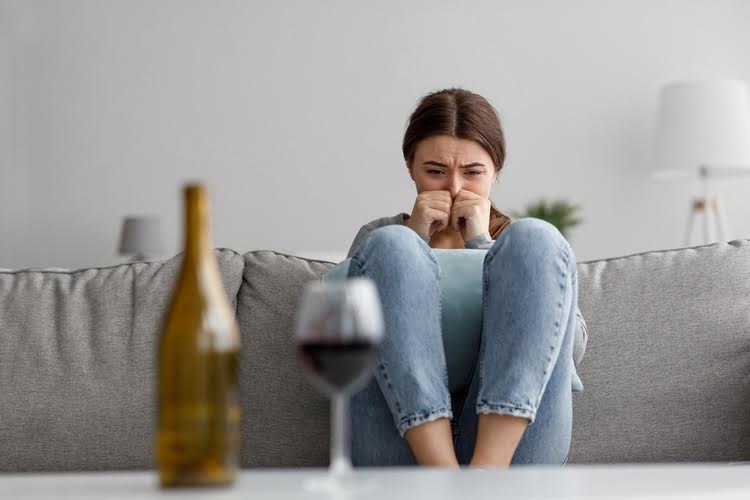While regular population reports are not available, 32,760 individuals spent time in federal RRCs in 2015, pointing to the frequent population turnover within these facilities. It shouldn’t take exhaustive investigative reporting to unearth the real number of COVID-19 cases in a halfway house. But historically, very little data about halfway houses has been available to the public, even though they are a major feature of the carceral system. Even basic statistics, such as the number of halfway houses in the country or the number of people living in them, are difficult to impossible to find.
How long do people spend in a halfway house?

” indicates that individuals in structured environments, such as halfway houses, have a significantly lower relapse rate compared to those who skip this step in recovery. The primary purpose of a halfway house is to bridge the gap between intensive treatment and independent living. It promotes accountability and sobriety and helps residents what is Oxford House develop important life skills. By offering structured living conditions, halfway houses create an environment that encourages long-term recovery and successful reintegration into society. The state-placement of ex-criminal offenders to a „halfway house“ after a prison sentence may either be decided upon as part of the judge’s sentence or by a prison official’s recommendation. A direct sentence to a halfway house can also be decided upon by a judge or prosecutor in lieu of prison time.
- A halfway house is a type of transitional housing designed to support individuals recovering from addiction.
- Transportation assistance can help people to get to and from appointments and other important events.
- The average stay is about six months, but this can vary based on individual circumstances and progress in the program.
Find Out About Halfway Houses Near You
Individuals who complete a program in a halfway house have higher success rates in maintaining sobriety compared to those who return directly to unstructured living environments. Individuals recovering from substance use disorders, those with co-occurring mental health conditions, and formerly incarcerated individuals benefit the most from halfway houses. These facilities offer a safe and supportive space, allowing residents to gradually regain independence while receiving guidance from counselors, peers, and trained staff. The main purpose of a halfway house is to provide a safe and supportive environment for people who are recovering from addiction or other mental health issues. Halfway houses can help people https://mvf.af1.myftpupload.com/early-signs-of-alcoholism-addressing-alcohol-use/ transition back into independent living by providing them with structure, support, and resources. Insurance and healthcare access work for halfway house residents by allowing them to use Medicaid, private insurance, or state-funded healthcare programs to cover medical and mental health services.
Halfway House: Definition, Purpose, Operation, For Whom, Benefits

Improper management and inadequate oversight of halfway houses also enables inequities in the reentry process. Journalists have revealed how, when halfway house individuals are required to have a halfway house lined up in order to be released on parole, they can encounter lengthy waitlists due to inadequate bed space, forcing them to remain in prison. “Halfway house” can refer to different types of facilities that share some similarities. These facilities range from entirely carceral to not carceral at all (represented by the locked doors), and feature different priorities and programming for the people residing in them.

